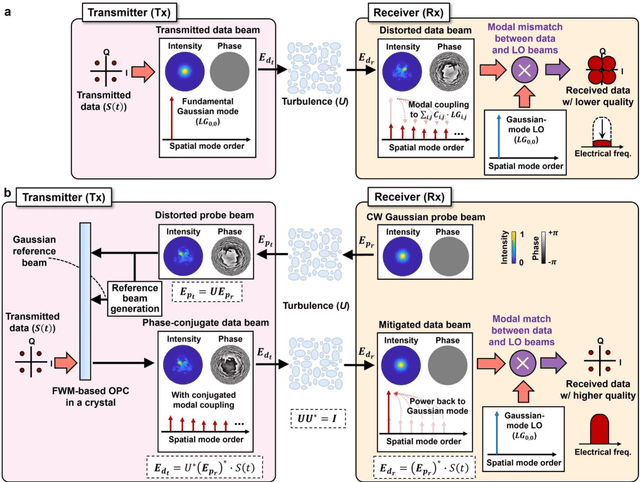Zile Jiang
An Online Automatic Modulation Classification Scheme Based on Isolation Distributional Kernel
Oct 03, 2024



Abstract:Automatic Modulation Classification (AMC), as a crucial technique in modern non-cooperative communication networks, plays a key role in various civil and military applications. However, existing AMC methods usually are complicated and can work in batch mode only due to their high computational complexity. This paper introduces a new online AMC scheme based on Isolation Distributional Kernel. Our method stands out in two aspects. Firstly, it is the first proposal to represent baseband signals using a distributional kernel. Secondly, it introduces a pioneering AMC technique that works well in online settings under realistic time-varying channel conditions. Through extensive experiments in online settings, we demonstrate the effectiveness of the proposed classifier. Our results indicate that the proposed approach outperforms existing baseline models, including two state-of-the-art deep learning classifiers. Moreover, it distinguishes itself as the first online classifier for AMC with linear time complexity, which marks a significant efficiency boost for real-time applications.
Automatic Mitigation of Dynamic Atmospheric Turbulence Using Optical Phase Conjugation for Coherent Free-Space Optical Communications
Aug 17, 2024



Abstract:Coherent detection can provide enhanced receiver sensitivity and spectral efficiency in free-space optical (FSO) communications. However, turbulence can cause modal power coupling effects on a Gaussian data beam and significantly degrade the mixing efficiency between the data beam and a Gaussian local oscillator (LO) in the coherent detector. Optical phase conjugation (OPC) in a photorefractive crystal can "automatically" mitigate turbulence by: (a) recording a back-propagated turbulence-distorted probe beam, and (b) creating a phase-conjugate beam that has the inverse phase distortion of the medium as the transmitted data beam. However, previously reported crystal-based OPC approaches for FSO links have demonstrated either: (i) a relatively fast response time of 35 ms but at a relatively low data rate (e.g., <1 Mbit/s), or (ii) a relatively high data rate of 2-Gbit/s but at a slow response time (e.g., >60 s). Here, we report an OPC approach for the automatic mitigation of dynamic turbulence that enables both a high data rate (8 Gbit/s) data beam and a rapid (<5 ms) response time. For a similar data rate, this represents a 10,000-fold faster response time than previous reports, thereby enabling mitigation for dynamic effects. In our approach, the transmitted pre-distorted phase-conjugate data beam is generated by four-wave mixing in a GaAs crystal of three input beams: a turbulence-distorted probe beam, a Gaussian reference beam regenerated from the probe beam, and a Gaussian data beam carrying a high-speed data channel. We experimentally demonstrate our approach in an 8-Gbit/s quadrature-phase-shift-keying coherent FSO link through emulated dynamic turbulence. Our results show ~10-dB improvement in the mixing efficiency of the LO with the data beam under dynamic turbulence with a bandwidth of up to ~260 Hz (Greenwood frequency).
 Add to Chrome
Add to Chrome Add to Firefox
Add to Firefox Add to Edge
Add to Edge